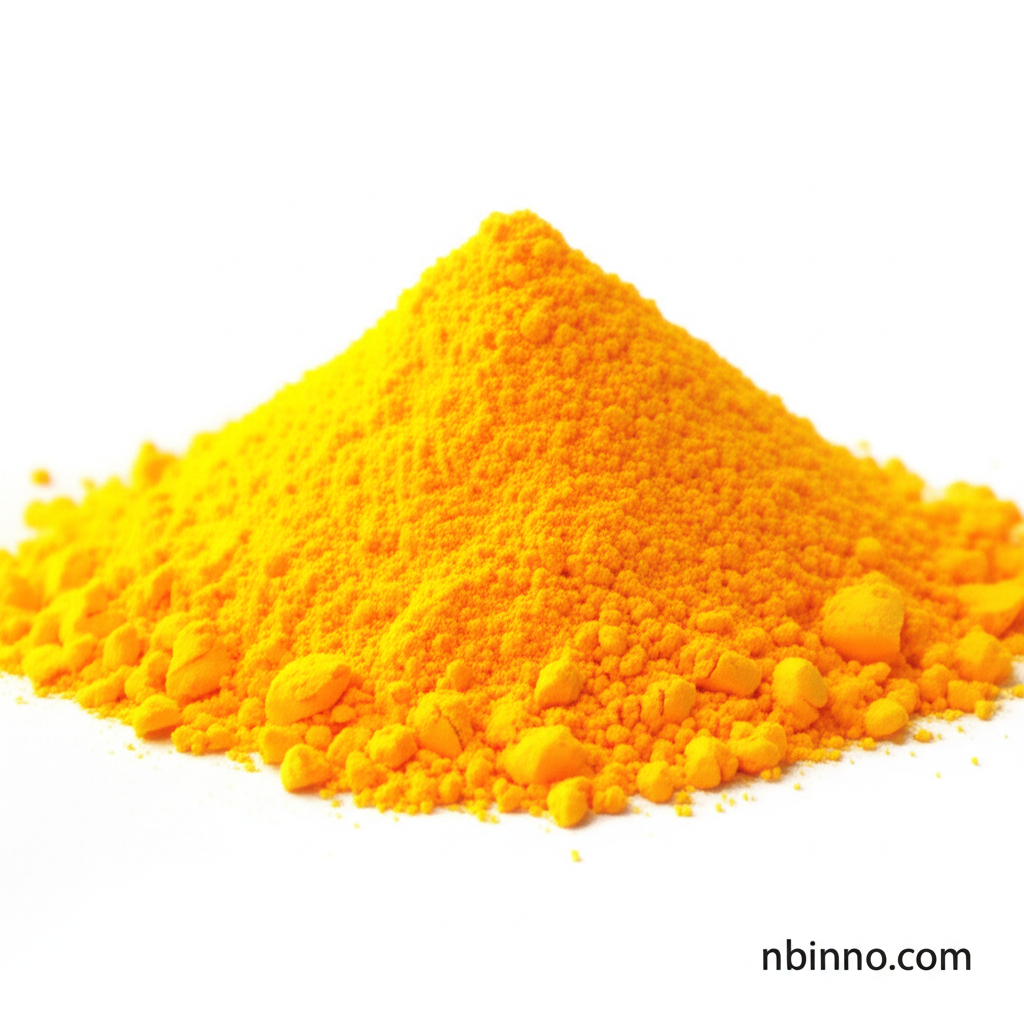Azodicarbonamide: A Versatile Chemical Blowing Agent for Foamed Plastics and More
Discover the comprehensive uses, properties, and applications of Azodicarbonamide, a key component in modern material science.
Get a Quote & SampleProduct Core Value

Azodicarbonamide
Azodicarbonamide, commonly known as ADA or ADCA, is a chemical compound widely utilized as a blowing agent. Its primary function is to decompose under heat, releasing gases that create cellular structures within polymers, thereby reducing density and enhancing properties like insulation and cushioning. This makes it invaluable in the production of various foamed plastics and rubbers.
- Explore the
chemical foaming agent for plastics and rubber applications of Azodicarbonamide. - Understand the
decomposition temperature of azodicarbonamide and its impact on polymer processing. - Learn about the
gas yield of azodicarbonamide and how it contributes to material expansion. - Investigate the
azodicarbonamide blowing agent properties and its role in creating specific foam structures.
Key Advantages Offered
Enhanced Material Properties
Utilizing
Process Flexibility
The decomposition temperature of ADA can be adjusted through additives, offering flexibility in processing for different polymers and manufacturing techniques, fitting various
Cost-Effectiveness
By enabling material expansion and density reduction, Azodicarbonamide contributes to cost savings in manufacturing by reducing the amount of base polymer required, a benefit for
Key Applications
Foamed Plastics Production
ADA is a primary
Foamed Rubber Manufacturing
In the rubber industry, it's employed to produce resilient and shock-absorbent materials, demonstrating its utility as a
Dough Conditioning
In certain regions, it functions as a flour treatment agent, aiding in baking processes and contributing to bread texture, though this use is subject to debate.
Material Density Reduction
Its ability to generate internal gas bubbles effectively reduces the overall density of materials, a key benefit for
